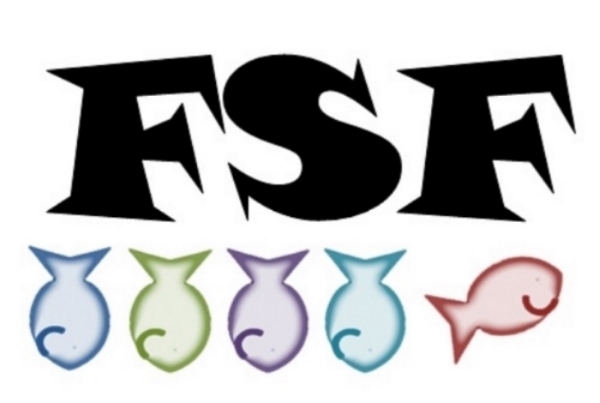This is a little change from the usual blog. Recently, many of my friends have been renting the Greatest Showman. I saw this movie in theaters with my boyfriend, who knew I'd want to pick it apart and felt it might be best if I only annoyed him about it. But no. There is one element which I must share my irritation over with the world - how they portrayed Jenny Lind. *Side note: Even though the movie is a beautiful lie and a fairy tale itself, I do still own the soundtrack because I can never resist Wolverine singing. Ever. It is the weakness some evil villain will find a way to use against me someday, I know it.
Brief History: I am going to keep this super brief, but know that you can find out more through the books at our local library. Jenny Lind (born 1820) was a Swedish Opera singing child prodigy who almost destroyed her career before it began because her parents never thought to get her proper training. Luckily, a teacher stepped up, found her, and saved her voice. In her 20s, she toured Denmark, Germany, England, and Austria where her fame once again sky rocketed. She had several supposed relationship that did not turn out, usually because of her career and travel. The one that will be notable for this blog is one I have mentioned before. Hans Christian Andersen asked her to marry him and was refused, which some historians believed inspired several of his fairy tales (see Nightingale and the Snow Queen for both positive and negative depictions).
In her late 20s/early 30s, Lind was invited to New York by the great humbug himself, P.T. Barnum. I could tell you so much about Barnum right now, so much that would upset the character created by Hugh Jackman, but plenty of blogs and list videos have already been dedicated to that topic. I'm simply going to focus on what he did which effected Lind. First of all, Jenny Lind had never been particularly keen on her own looks. Yet, when she arrived in the U.S., she discovered her own face everywhere. This was because Barnum had advertised her arrival by printing a mask of the "Swedish Nightingale's" face in the newspaper. Seeing so many New York children walking around with a print of her face made her dislike of Barnum start pretty much right away.
Thanks to Barnum's hype of his newest attraction, he had to auction off tickets to her show and the U.S. and Canada developed "Lind mania". Look it up! There are almost a dozen places and objects named after her in North America alone. She hated the publicity, but still agreed to go on tour. After nearly a hundred concerts with Barnum (a lot the money from these that she earned went to different charities she selected), she was so sick of Barnum's crap that she finished the tour on her own with her soon-to-be husband, a pianist named Otto Goldshmidt. When the tour was finally over, she and her husband went back to Europe and only occasionally put on concerts (usually only charitable events because she pretty much invented the celebrity charity concert). Besides still singing, she raised 3 kids and became a singing professor at a college.
Analysis: [SPOILER ALERT FOR THE GREATEST SHOWMAN HERE] So why did I just give you the brief history of Lind's life? For those of you who have seen the Greatest Showman - what did I leave out? What? I forgot that very public kiss she gave Barnum that was reported in the newspapers and almost cost him is marriage? And I didn't mention what a bitch she was when he rebuffed her? THAT NEVER HAPPENED! The man turned her face into a paper mask as a publicity stunt. Would you make-out with someone who did that? No.
Blame it on the Theatre: Where does this myth of Lind and Barnum have a secret attraction come from? For once, Hollywood isn't to blame. Most films about Lind did not make Barnum her love interest. It wasn't until 1980 when a musical called Barnum came out on Broadway starring Jim Dale and Glenn Close (which I have to admit was probably fabulous). The film the Greatest Showman takes many plot points from this production, most notably Barnum falling for Lind, but choosing his wife. It creates great drama, but it does an injustice to Jenny Lind, who is barely remembered now. She was giving, talented, and once the biggest star in the world, but instead an entire generation will remember her as that bitch who almost ruined P.T's marriage to Michelle Williams. Dang it.
Last Thoughts: Despite all of my grousing, I was totally listening to the Greatest Showman soundtrack the whole time I wrote this blog - just not the Jenny Lind song because I hate it.


